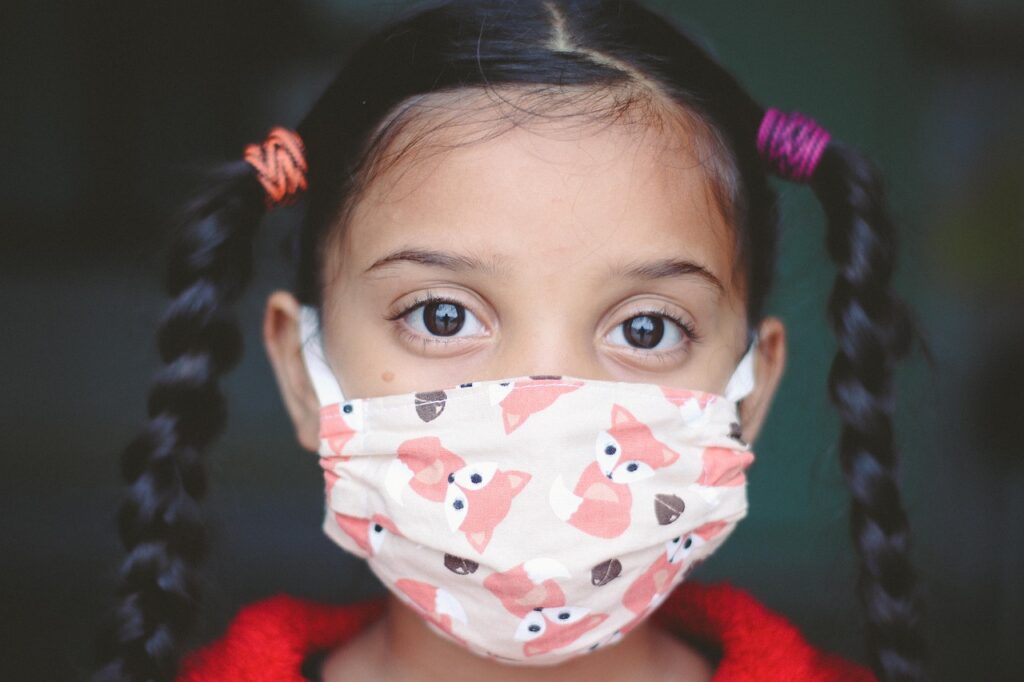
COPD Prevalence Remains Flat
A study published in the CDC’s Morbidity and Mortality Weekly Report suggests COPD prevalence may have reached a plateau.
The investigators arrived at that conclusion after looking at data from the Behavioral Risk Factor Surveillance System, which the CDC defines as “an annual state-based, random-digit-dialed mobile and landline telephone survey among noninstitutionalized U.S. adults aged ≥ 18 years.”
While the incidence of COPD declined between 1999 and 2011, it remained relatively stable during the subsequent ten years. Overall, the report estimated that around 6.4% of U.S. adults had COPD in 2011 and 6.5% had the condition in 2021.
Prevalence remained higher in women, non-Hispanic American Indians or Alaska Natives, current or former smokers, and those who were unemployed, retired, homemakers, or students. A higher prevalence was also seen in older people, those living outside urban areas, and those with lower educational levels.
While the overall incidence stayed about the same, the researchers did find an increase in certain groups, including people age 75 and older, those living in micropolitan counties, those with some college or technical school education, and current or former smokers.
The incidence declined in people between the ages of 18 and 44 and those who were unable to work.
The authors call for more strategies aimed at addressing “the prevention of COPD-related risk factors and the needs of adults disproportionately affected by COPD, including persons aged ≥75 years, those who ever smoked, and residents of rural areas.” Read More
Ingestible Capsule May One Day Diagnose Sleep Apnea and More
Could sleep apnea one day be diagnosed simply by giving the patient a pill-sized capsule and asking them to swallow it?
According to researchers from the Massachusetts Institute of Technology (MIT), Celero Systems, and West Virginia University who invented an ingestible capsule that can monitor vital signs from within the patient’s gastrointestinal tract, the answer may be yes.
The capsule consists of accelerometer capable of detecting slight movements generated by the beating of the heart and the expansion of the lungs, along with two small batteries and a wireless antenna that transmits data to an external device such as a laptop.
Following successful tests in animals, the device was tested in ten human volunteers and results showed it could accurately measure breathing rate and heart rate. Volunteers were also connected to sensors typically used to monitor sleep so that the researchers could compare results from the capsule with results from the standard sensors. The capsule was able to detect a sleep apnea episode experienced by one of the volunteers.
No adverse effects were seen, and the capsule passed harmlessly through the volunteers’ digestive tract.
“What we were able to show is that using the capsule, we could capture data that matched what the traditional transdermal sensors would capture,” said Giovanni Traverso, an associate professor of mechanical engineering at MIT and a gastroenterologist at Brigham and Women’s Hospital. “We also observed that the capsule could detect apnea, and that was confirmed with standard monitoring systems that are available in the sleep lab.”
The researchers believe the capsule may have a role to play in preventing deaths from opioid overdoses as well. In animal studies, it not only accurately measured breathing rate and heart rate but also detected a depression in breathing that resulted from a large dose of fentanyl.
“We know that people who have had an overdose are at higher risk of recurrence, so those individuals could be monitored more closely so that in the event of another overdose, someone could help them,” said Traverso.
The study was published by Device. Read More
Risks Factors for Severe COVID-19 in Kids
Researchers from UT Southwestern are shedding some light on risk factors associated with worse outcomes from COVID-19 among children. In a study published by Hospital Pediatrics, they found –
- Children living in the south were more than three times as likely to experience severe COVID-19 complications when compared to kids in other areas of the country.
- When looking at children under age five, children under age two were at the highest risk for severe outcomes.
- Children with multiple chronic conditions like heart disease or lung disease were twice as likely as others to have severe complications due to COVID-19.
- The more chronic conditions a child had, the greater the risk for severe complications.
- While vaccination did not keep children from developing COVID-19, it did protect them from more severe outcomes.
The study analyzed records from 165,437 children age 18 and younger who tested positive for COVID-19 between January 2020 and January 2022. Among that group, around 1.8% were hospitalized without complication, 1.8% were admitted to intensive care or needed intensive respiratory support, and 31 died.
The study was funded by the NIH’s National Center for Advancing Translational Sciences. Read More
Email newsroom@aarc.org with questions or comments, we’d love to hear from you.












